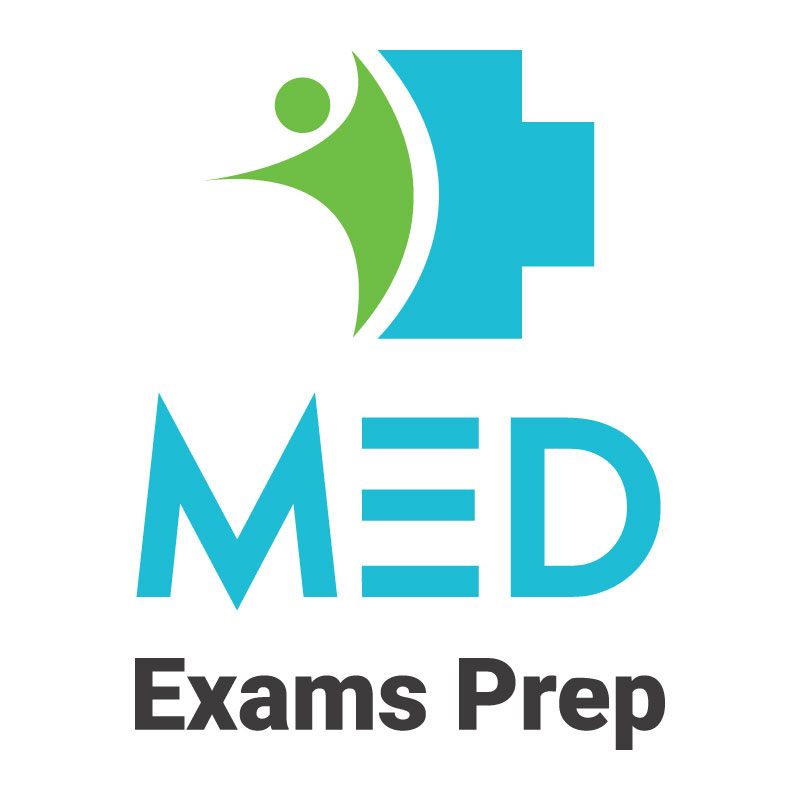A latest trend by Examiners in NEET Pg is a small chunk of Image Based Questions. These are asked in between and a student should have a good knowledge of such questions.
NBE conducts NEET PG and NEET SS exams as online Tests now.
Image based questions in NEET PG or Next Examinations would be mainly from subjects of Anatomy, Pathology, Microbiology, Surgery, Medicine, ENT, Orthopedics, Radiology and Ophthalmology.
Image Based questions related to disease, pathology, radiographs, USGs, CT scans, ECGs, Pointers, Figures, Identification of structures are a part of curriculum . Images from Embryology, histology, physiology and biochemistry and the clinical subjects like those of medicine, surgery and others are also top on examiners mind.
New Modifications are suggested by NBE in the MBBS Curriculum. In the integrated, problem-based learning system the aim is to integrate this ‘bridge’ with the basic subjects in the very beginning. This innovative system requires horizontal as well vertical integration from the very beginning of phase two if not from phase one.
Examples of Image Based questions in case of Pathology
Identify a slide of necrosis and list the types of necrosis, and identify the light microscopic changes seen in necrosis with relevant clinical examples, like
- fat necrosis
- enzymatic
- traumatic types,
- fibrinoid necrosis.
Identify slides of
- Candida albicans
- Culture plates , colonies of common pathogens,
- Dermatophytes
- Dysplasia
- Identify Bone tumours
- parasites and their ova on glass slides and on projection slides
- Identify commonly USG Diagnosed conditions.
- Identify CT Scans of Chest
- Identify different types of Fractures
- Identify Instruments
- Identify normal blood cells in blood films.
- Identify different and abnormal types of Cells in Hematology
- Identify Symbols
- Identify the different types of epithelial and connective tissues
- Identify the morphology of inflammatory cells in tissue
- Identify the types of bacteria
- Images of ecto and endoparasites
- Images of HIV, Influenza, polio m Rabies viruses
- invasive carcinoma
- Life cycles, hosts, vectors & classify medically important parasites.
- Identify embryology models
- projection slides
- Slides of bacteriology
- Slides of cocci, and rods
- Slides of parasitology
Example is Diagnosis of cutaneous Leishmaniasis by demonstrating amastigote forms in smears from the lesions
The commonest method of diagnosis of cutaneous Leishmaniasis is to take scrapings from the erythematous margins of the ulcer or take a slit skin smear from the same and stain them with Giemsa. Most cases can be diagnosed by this simple method.
Identifying the sand fly is an example of a biologic vector.
For higher level is asked and Complicated Clinical Scenarios are given.
- Diagnose Clinical Rarities
- Atypical cases
- Arrive at diagnosis of Complicated Clinical Scenarios
- Identify SOL
- Identify Complicated Structures
- Determine ECG Rhythms
- Answer questions on basis of Image Given
Say in Pathology on basis of Clinical scenario and image given should be able to differentiate between
- Atrophy
- Basal cell carcinoma
- Extra mammary Paget’s disease.
- Kaposi’s sarcoma
- Keratocanthoma
- Malignant melanoma
- Milia
- Pseudoscleroma.
- Skin fragility.
- squamous cell carcinoma,
- Telangiectasia.
On A higher level More complex Questions like Clinical types of the specific types of cancers would be asked like
- Epithelioma cuniculatum
- Superficial
- Nodulo-ulcerative
- Verrucous
- Morphoeic
A student on Basis of his experience of having seen cases in clinics should be able to differentiate Image Based Questions on conditions like
- Burn scar
- Chronic osteomyelitis
- Leukoplakia
- Paget's disease of the nipple
- Seborrhoeic keratosis
Some Rare Forms of Diseases for Students who are better prepared can be infrequently asked on basis of Clinical Conditions Like
- Dystrophic epidermolysis bullosa
- Hidradenitis suppurativa
- Lupus vulgaris
- Poikiloderma congenitale
- Porokeratosis of Mibelli
We conclude that the best way is to study text books and their images keenly and that would greatly aid in answering the Image Based Questions for Any Examination be it NEET PG/ NEET DM / NEET Mch or FMGE . For Taking Online Tests for Best Results Click : https://www.medexamsprep.com/category/package/neet-pg
